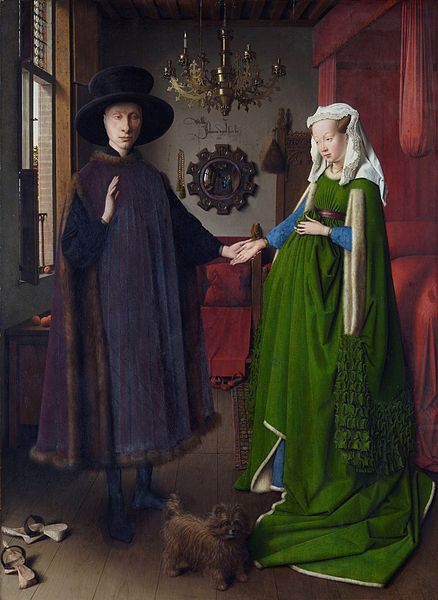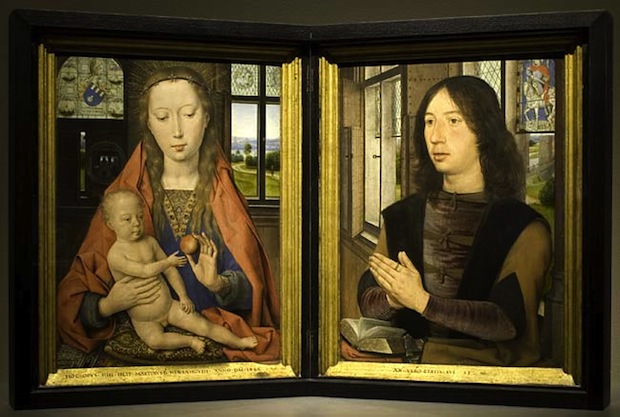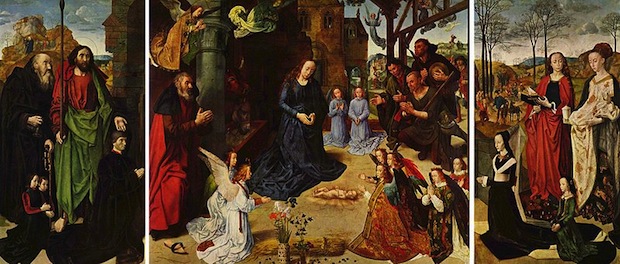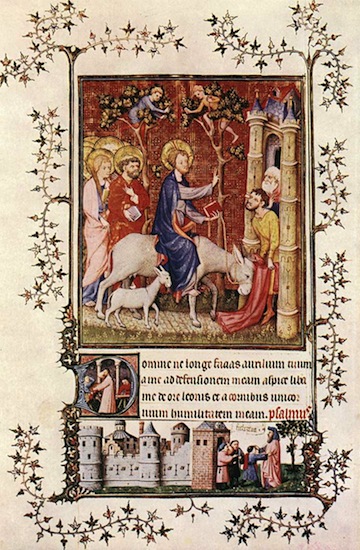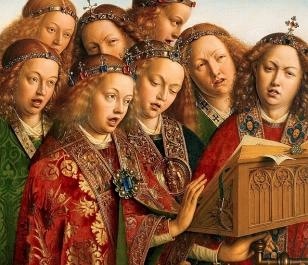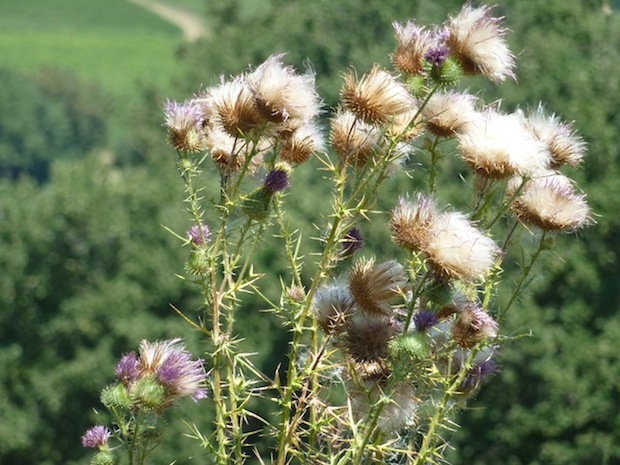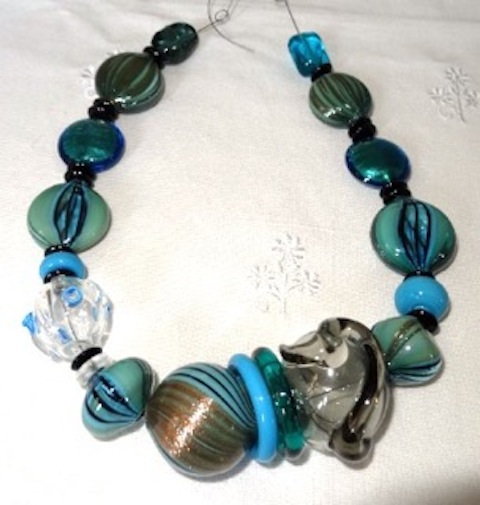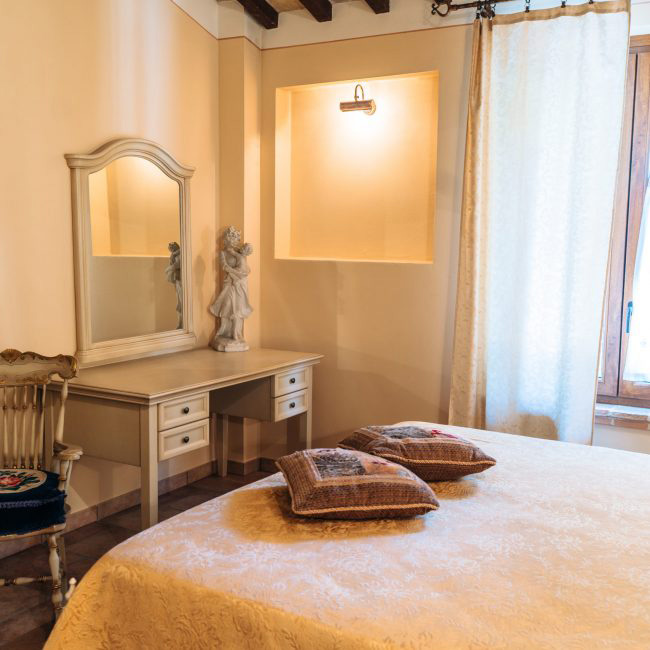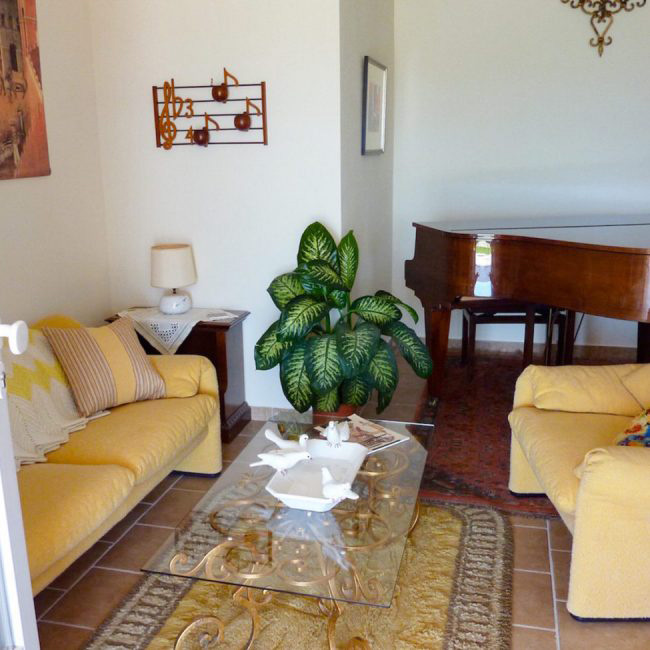The Flemish Primitives of the Trip That Wasn’t…and how it all started
I will never forget how my passion for art history was kindled: in my senior year of high school I was invited to take a college-credit course in Cultural Anthropology. I was thrilled at this offering since I was a huge fan of both Margaret Mead and Pearl Buck’s writings and was seriously considering studies and a career in Cultural Anthropology. Not even getting up and walking across the still closed golf course in order to get to the first class at 7:00 AM dimmed my excitement. I had heard the professor was quite a name in her field and I had already been given a copy of the exciting and great reading list for the course!
It was a small class of only 12 – I knew all the others well – we were in many of the same classes that year. When I walked in a good 10 minutes early – I was startled to find an emaciated, soft-spoken, seemingly insecure male prof at the desk. He timidly and hesitantly told us that the offering had been changed – changed to Art History 101!
Art History! Of all the possible substitutions – Art History! I marched off to my counselor to protest and to tell her I was withdrawing. She asked me to sit through the class and come back to see her later in the day to sign the papers for the withdrawal. One by one, my sleepy classmates arrived. As soon as they heard “Art History 101” several walked out…and never came back.
When the professor began he had only eight students in attendance and could tell, I’m sure, by our disgruntled faces, that he may have had none the next time. He began with the big questions like “What Is Art”, “How Is Art Evaluated”, “Are There Universal Truths in Art” and then led us through a skillfully prepared slide presentation as he introduced a broad discussion of western civilization. He argued that no discussion of western civilization could be fully understood unless viewed from and through its artistic production. As he softly spoke, he projected on our large screen magnificent slides of significant works of art to illustrate his thesis, always making his point clearly and convincingly.
In less than 90 minutes he had opened my mind to a foreign world and kindled a raging fire. He had demonstrated what he posited, he related the works to their cultural and historical context, he touched on meaning in form and context, on iconography, on compositional techniques, and he wove history and art into one fascinating fabric of rare beauty. He spoke with an intense personal connection to the subject…with restrained but summa passion, with sensitive awareness in a way that evoked both an intellectual and emotional response in me!
I was fascinated, overwhelmed, overcome, intrigued…literally and totally won over. It was an improbable epiphany, an unexpected revelation that changed my entire way of thinking…my entire life.
What does all this have to do with the Flemish Primitives? In particular…nothing. In general…everything! Throughout my university studies in Art History I was always most interested in the many over-arching queries, like, for example, “Why was there such a difference between the Italian Renaissance and the Northern Renaissance” which especially intrigued me. Among so many others which tantalized my curiosity, this was one of my favorites to explore, to research, to investigate…to understand. The “Trip that Wasn’t” was intended mainly to allow me to delve in once again to this fascinating topic by viewing a few of the major works I had not seen during numerous other trips to Northern Europe.
Van Eyck – Arnolfini Wedding
Hans Memling – Diptich
Hugo van der Goes – Merode Altarpiece
14th century Flemish manuscript
Van Eyck – Annunciation
Martin Schongauer
Roger Van der Weyden – detail of the Deposition
Van Eyck – detail of the Ghent Altarpiece
to be continued….
